Beginner’s guide: Choosing your first five microphones
Or, five more magic mics to add to your collection.
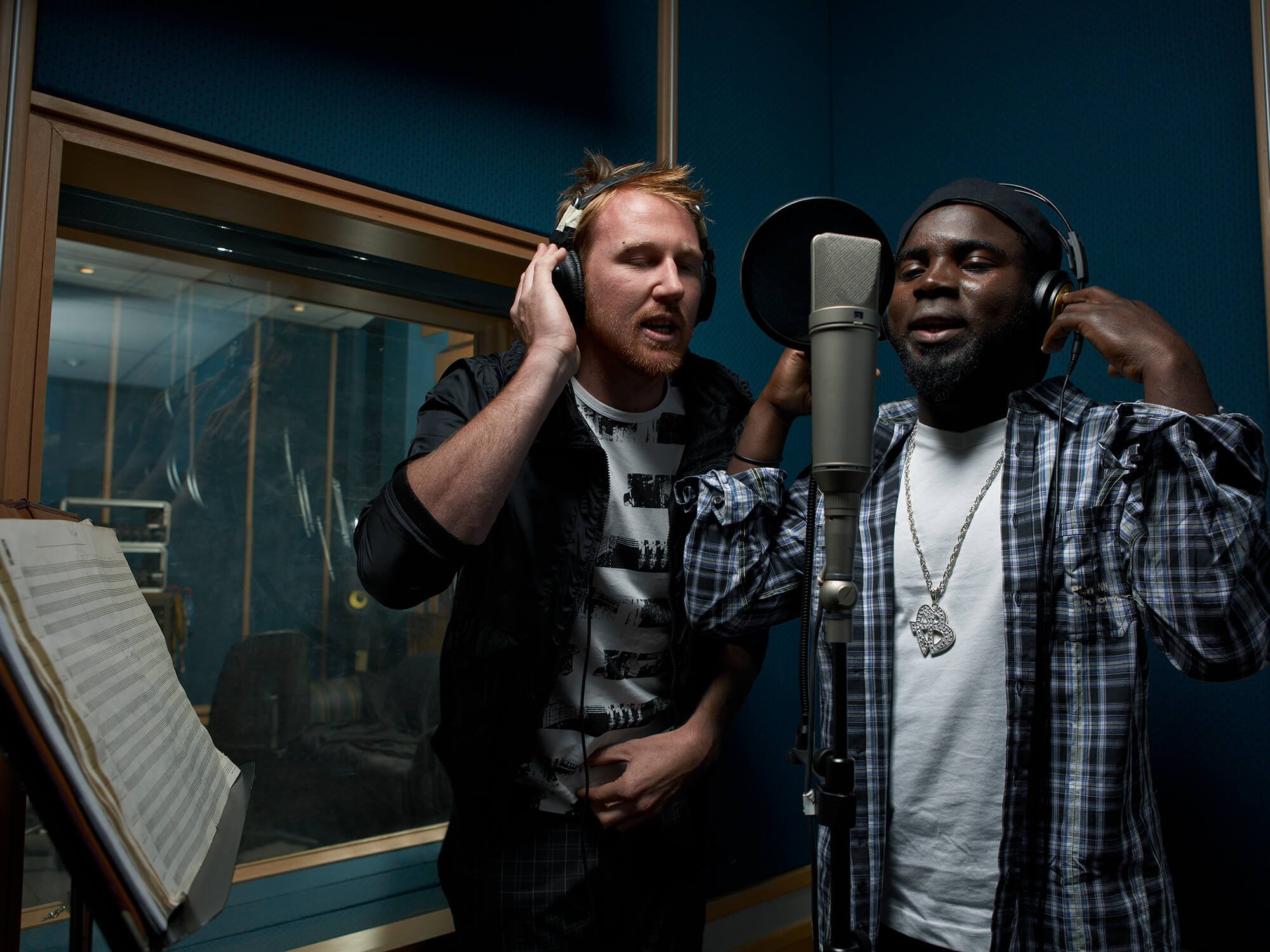
Image: Getty Images
There’s an overwhelming number of microphones on the market. Some microphones are designed to capture directly what’s in front of them and others to capture more ambience. Some are designed with diaphragms, others with moving coils. So where should you start when choosing the mics to bring into your collection? No microphone can fix a badly performed take, but a well-designed mic can capture the magic when it happens.
As an engineer or producer, it’s wise to have a small collection of mics to start with that serve a variety of functions, allowing you to say ‘yes’ to more jobs. This guide provides you with some advice on purchasing mics that will be used on every session – mics that can capture a source regardless of how our collection evolves with experience.
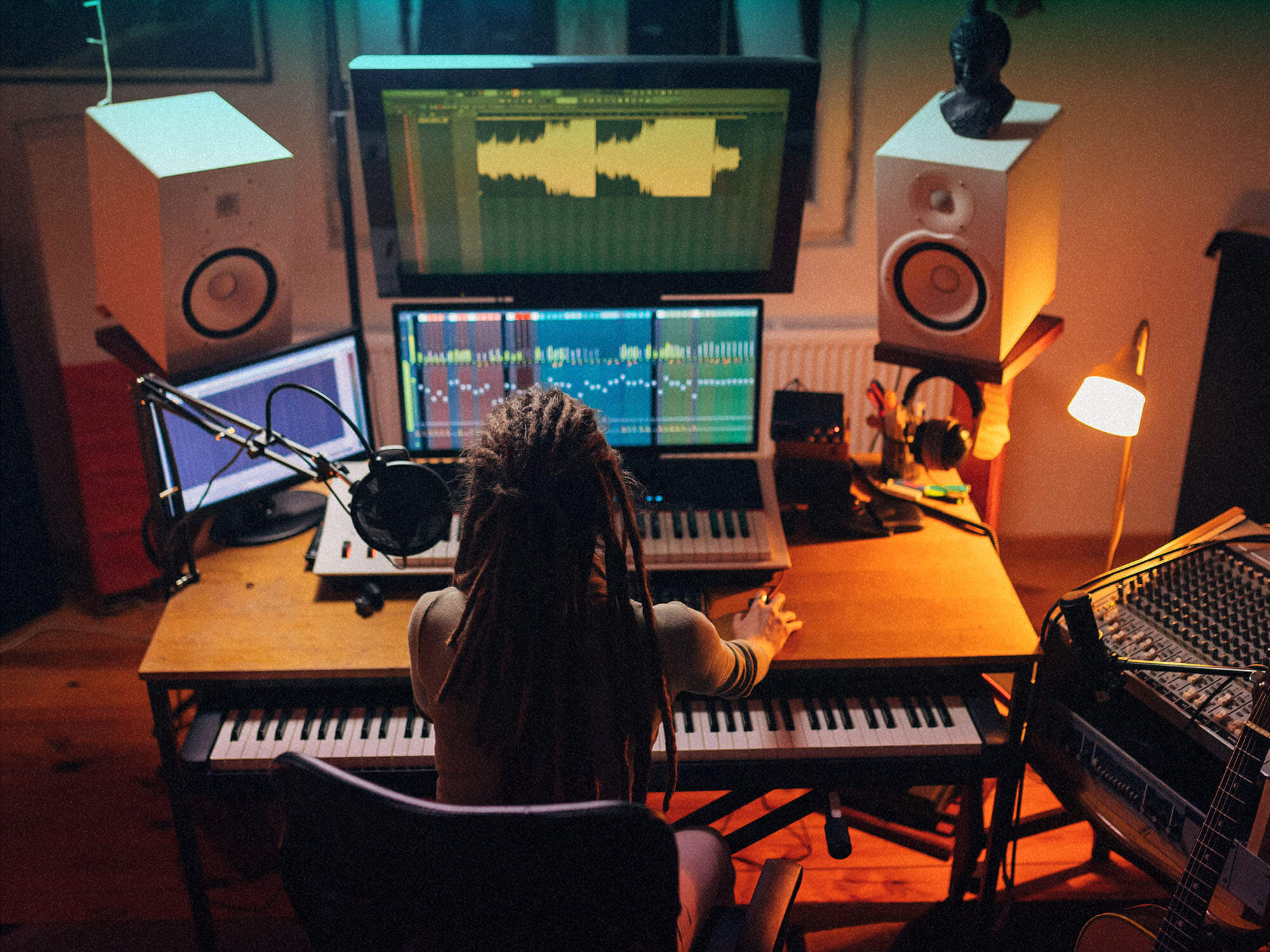
A multi-purpose vocal mic
Investing in a high-quality vocal mic doesn’t have to mean spending thousands of dollars on a tube condenser that captures every nuance of a vocal. An all-round vocal mic will serve its purpose for sung vocals, podcasting, voiceover work and broadcast. As a result, you’ll be able to take on different kinds of recording work.
To that end, try opting for a robust dynamic mic, like the Sennheiser MD421. The MD421 is often used for toms and guitars but was traditionally ripe for vocals and broadcasts. The MD421 features an M (Music)/S (Speech) switch, which is unaffected at the M setting and rolled off at the S.
Similarly, the Electro-Voice RE20 was originally made for broadcast. But, now often seen in photos for radio presenters, the RE20 works well for modern podcasting. And, being a full-range mic, works equally well for sources like horns and instruments with a lot of bottom end, like floor toms, bass guitar amps or kick drums.
The Shure SM7B is one of the best-selling mics of all time. And we can see why: it’s a seriously reliable mic for the voice. The SM7B won’t go astray in any collection and will see heavy and consistent use.
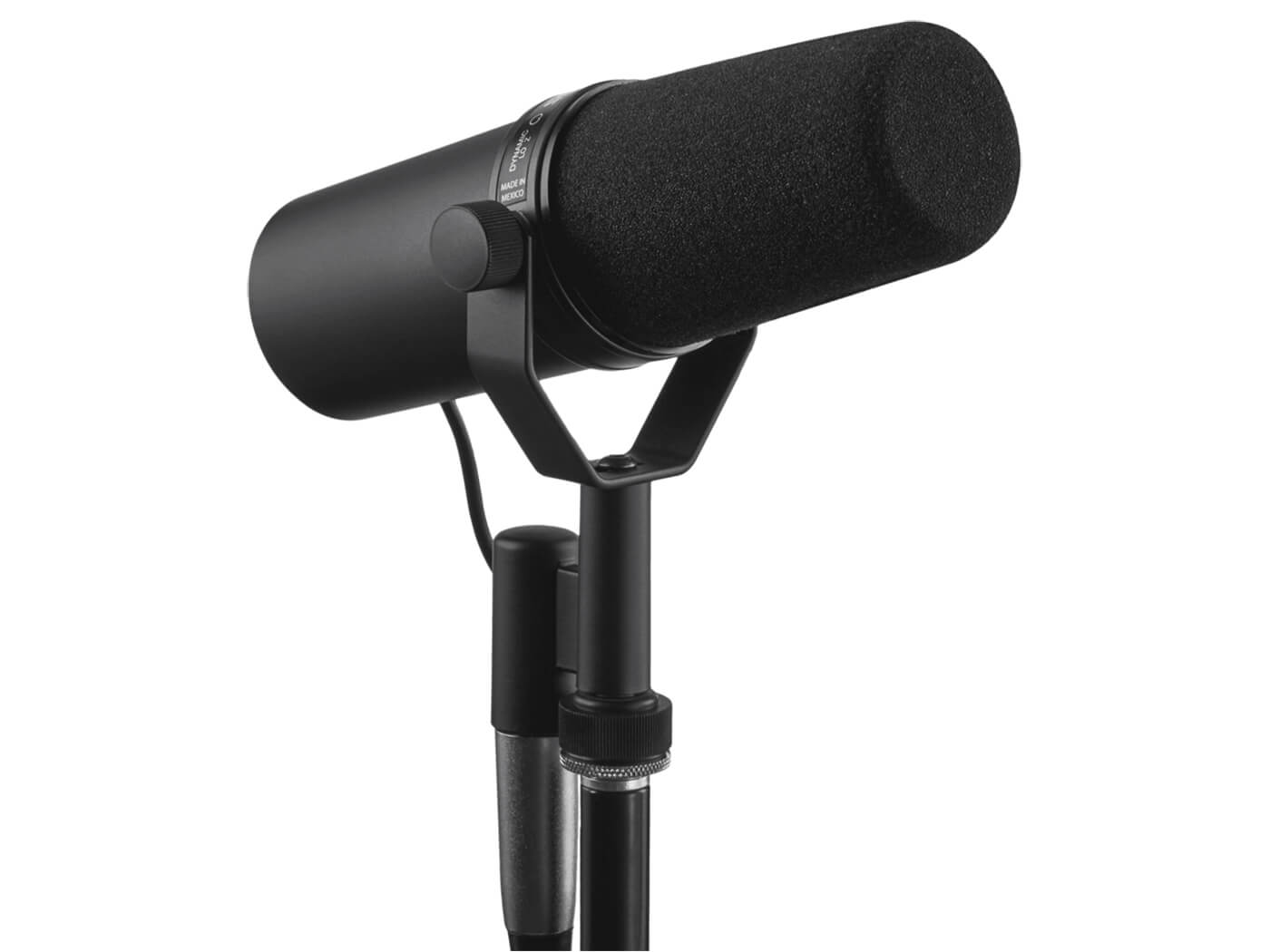
A dedicated low-end Microphone
It’s vital to have a dedicated mic for instruments that are rich in low frequencies. A lot of mics capture a heap of energy below 60Hz, but not all will reflect the detail and punch that a dedicated mic will. When mixing, you can only boost what is captured, so it’s handy to have a mic that can make sense of those low, punchy frequencies.
It’s hard to go wrong with the Shure Beta 52 or Sennheiser e901 as they meticulously capture a flat response. Another option is the Audix D6, which offers a more refined sound by scooping out commonly muddy frequency regions at the early stage of the signal flow. The modern AKG D12 leaves you well-placed for a fairly flat response with a little mid-cut – the original AKG D12 was the first ever cardioid pattern dynamic microphone, with a string of revisions since its launch in 1953.
Any of these mics will fit snuggly into a kick port, while the aforementioned Sennheiser e901 or a Shure Beta 91A can be placed inside the kick drum shell for superior isolation and are sometimes known as boundary microphones because of their shape.
Any low-end mic worth its mettle can serve you well for low voices, horns, floor toms and kick drums. They can also add extra weight to bass and guitar amplifiers when coupled with a dynamic mic sporting a cardioid polar response pattern. Speaking of which…
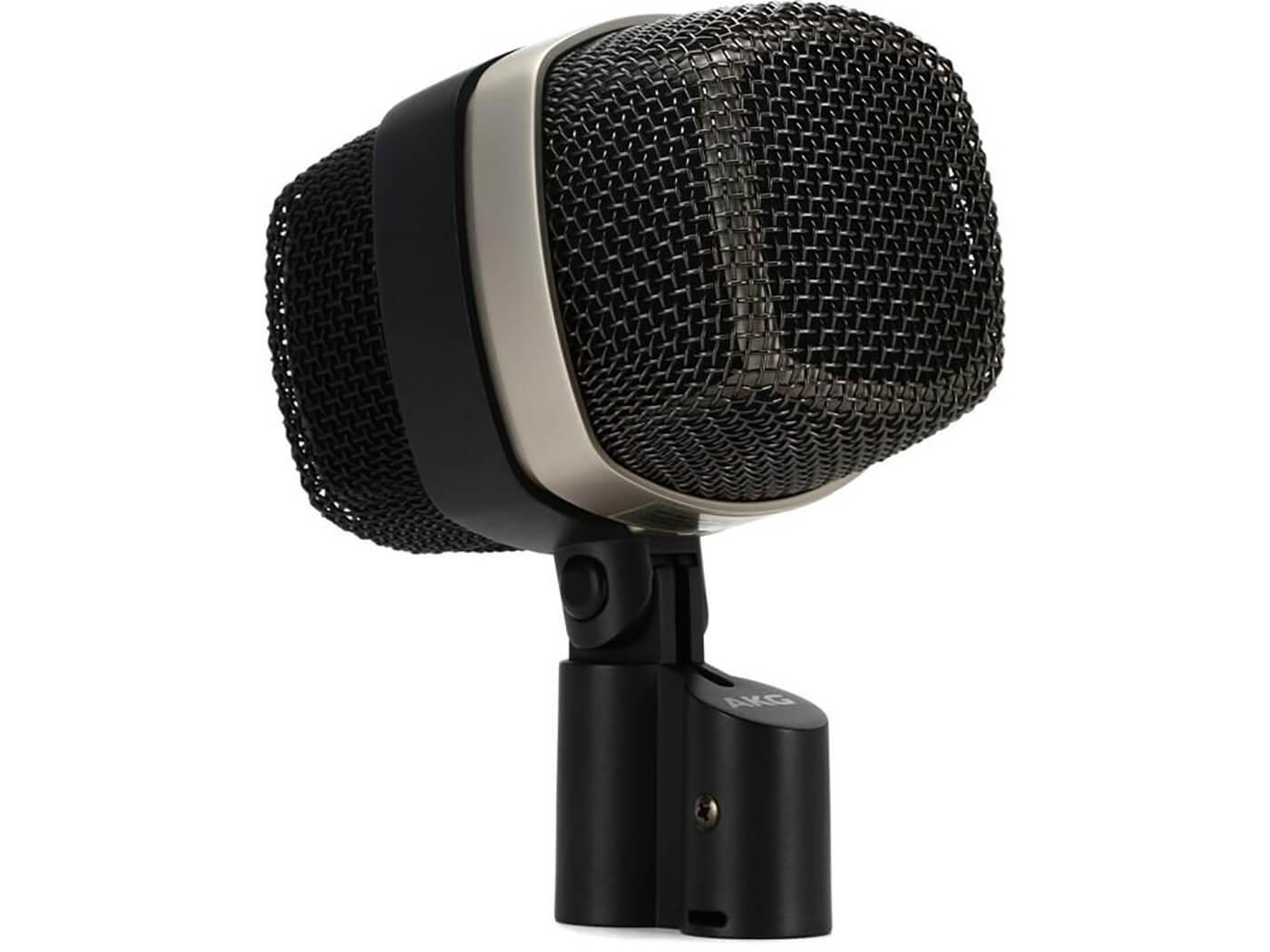
Handheld dynamic mic with a cardioid pattern
These mics make up the majority of a toolkit for live engineers and home recordists. Their cardioid polar response pattern means they only pick up the signal you point them at and can handle high SPL – so are well-suited for a loud drum kit, amplifier or vocal.
They capture a true recording of what they’re used for, and little movements can help you refine sound in a big way.
Dynamic mics come in a variety of shapes and sizes, but the most useful specifically are the hand-held style, like a Shure SM57 or SM58, sE Electronics V3 or V7 to name a few. These can be used on any and every source, and are perfect for close miking for total control.
You’ll likely find that a trust dynamic mic will be your long-term companion in your recording journey. Grammy-winning multi-instrumentalist and producer Jacob Collier told us that his first microphone, an SM58, remains a staple of his mic collection. “There are certain things that keep you grounded,” he said. “And for me in my musical life, the one microphone that’s never left my arsenal from day one is my Shure SM58.”
While dynamic mics can handle the close-up recordings, a pair of condensers can capably capture ambience and room sound.
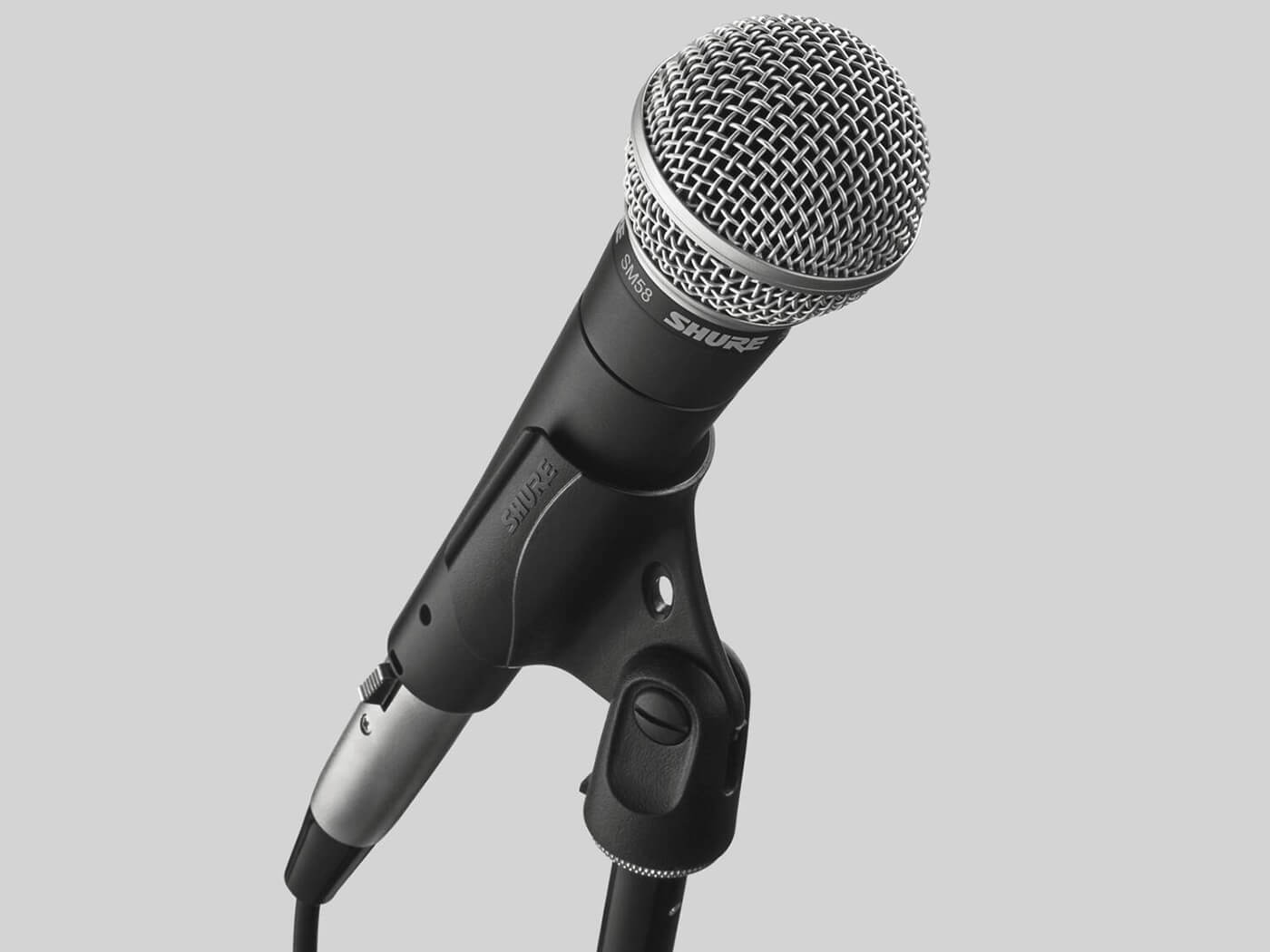
A stereo pair of condensers
Two condenser microphones technically pushes this list beyond five mics but it’ll pay dividends to have a matched pair of mics as you explore stereo recording techniques.
The right pair of small diaphragm condenser mics can act as drum overheads or room mics for any source, even as a little room sound and distance for a vocal that’s being captured mostly by a closer microphone. As you upgrade your collection, these condensers can still be used for sources that need high detail like ride cymbals or hi-hats.
There’s plenty of choice in this area, but a few well-made small diaphragm condensers are available from sE Electronics sE8, Lauten Audio LA-120, AKG P170 and Neumann KM184 depending on your budget.
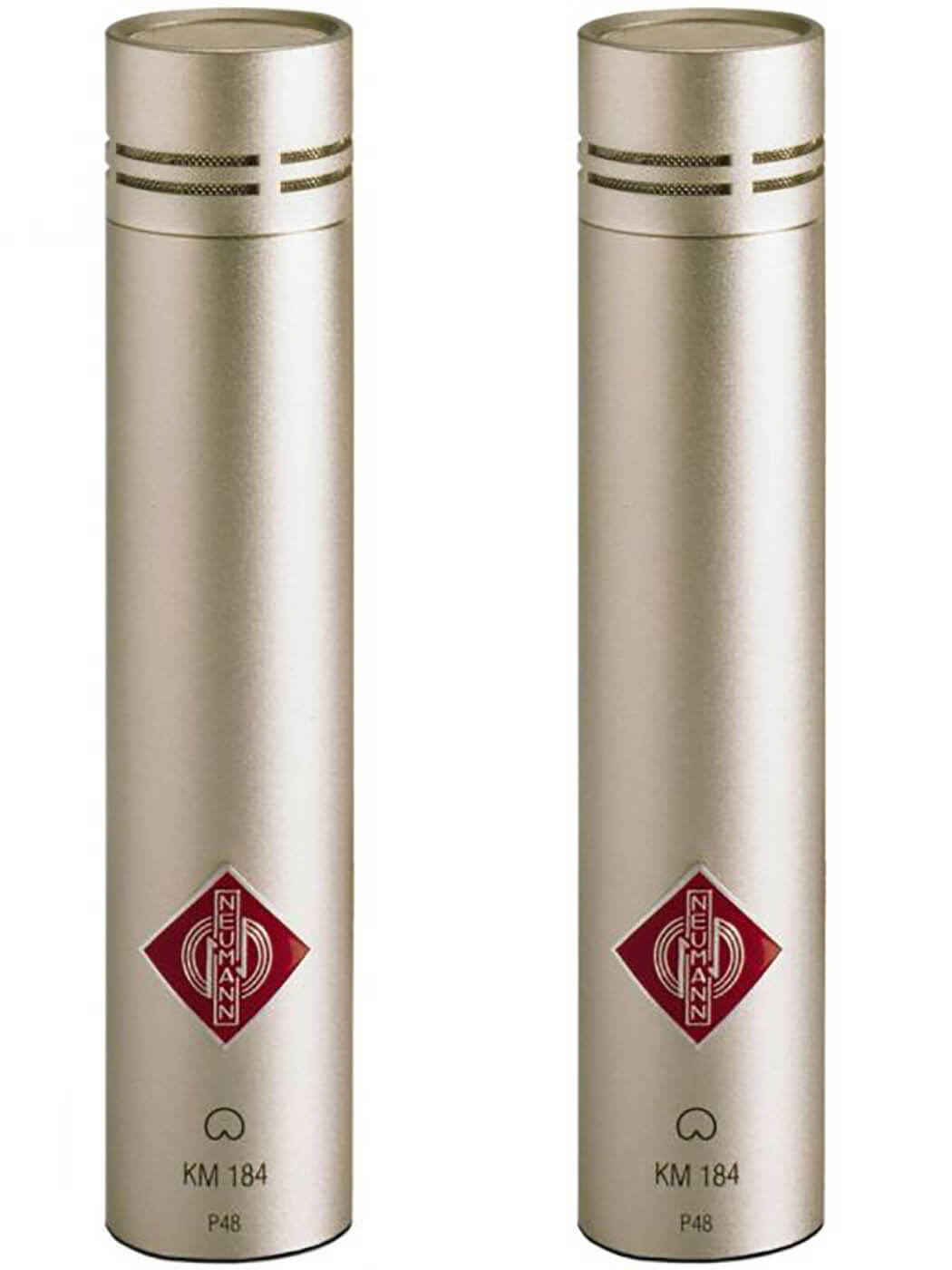
A reliable ribbon mic
Ribbons impart a bit of a niche sound, but adding one to the collection can help you achieve a slicker sound. Their figure-eight configuration provides a nice balance of direct signal and room abience, need little work in a mix thanks to their warm midrange and rolled off high-end. Ribbon mics work by using an unbelievably thin, vibrating ribbon of aluminium to capture soundwaves – but they can be very fragile.
The nature of the ribbon produces a darker tone, swapping detail for harmonically rich overtones. Ribbons can be used as sweet-sounding close mics on guitars, strings or horns, and double as room mics for a darker ambience with the spot mics handling in on those more detailed transients.
The Royer 121 is a classic choice for guitar cabinets, but the Royer 101 or sE VR1 do a stellar job at a more accessible price. The Beyerdynamic M160 is another unique mic in that it’s a hypercardioid ribbon mic, so you’ll only hear what it’s aimed at.
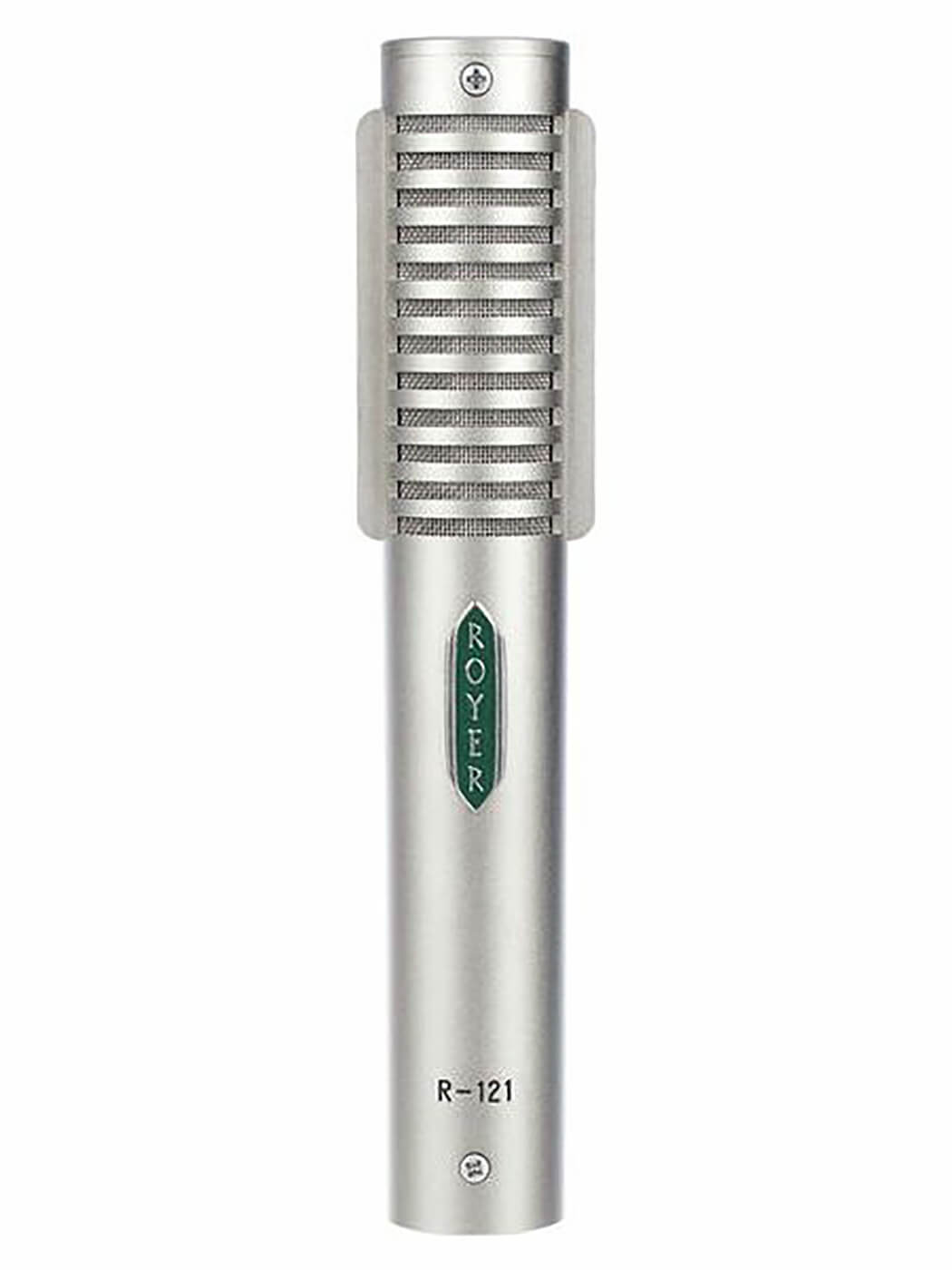
Resisting temptation
As you become familiar with your mics, you may often lust new mics for very specific sources. This is fine once we’re up and running, but the bread and butter of our mic collection should always be a list of versatile, usable and reliable mics used on every session. We’re at the mercy of our microphones, and in order to keep a session going or our career afloat, we need our tools to be as trusted as we are. These five mic categories will set you off on the right path.